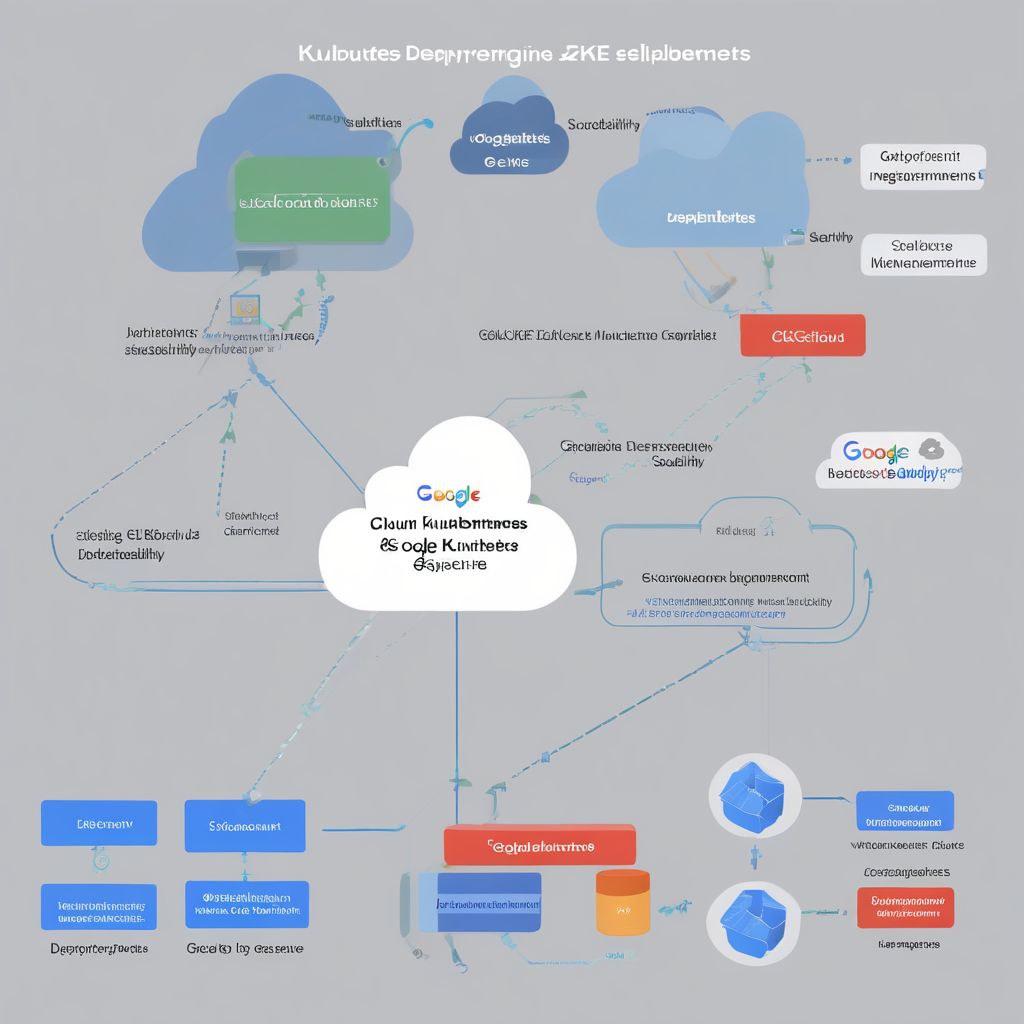cloud.caingong.com/wp-content/uploads/2024/07/cloud-run-vs-gke-architecture-66a08d.jpg" alt="Cloud Run vs. GKE Architecture Diagram" width="1024" height="1024">Cloud Run vs. GKE Architecture Diagram
In today’s rapidly evolving technological landscape, businesses constantly seek efficient and scalable solutions for deploying and managing their applications. Cloud computing has emerged as a game-changer, offering a plethora of services to streamline development and deployment processes. When it comes to deploying containerized applications, two popular choices stand out: Cloud Run and Google Kubernetes Engine (GKE). This article delves into the intricacies of both platforms, providing a comprehensive comparison to help you make an informed decision for your specific needs.
Understanding Cloud Run and GKE
Before diving into the comparison, let’s establish a clear understanding of what Cloud Run and GKE entail.
What is Cloud Run?
Cloud Run is a fully managed serverless platform offered by Google Cloud Platform (GCP) that enables developers to run containerized applications without managing any infrastructure. Its beauty lies in its simplicity and scalability. You can deploy your application by simply pointing Cloud Run to a container image stored in a registry like Artifact Registry or Docker Hub. Cloud Run automatically handles everything else, including provisioning servers, scaling your application up or down based on traffic, and load balancing.
What is Google Kubernetes Engine (GKE)?
Google Kubernetes Engine (GKE), on the other hand, is a managed Kubernetes service on GCP. Kubernetes, an open-source container orchestration platform, provides a robust framework for deploying, scaling, and managing containerized applications. While GKE leverages Kubernetes, it simplifies cluster management, making it easier to deploy and scale applications in a production-ready environment. GKE offers more control and flexibility than Cloud Run, allowing for fine-grained customization of your infrastructure.
Cloud Run vs. GKE: A Head-to-Head Comparison
Now, let’s compare Cloud Run and GKE across various parameters to understand their strengths and weaknesses.
Ease of Use
When it comes to ease of use, Cloud Run emerges as the clear winner. Its serverless nature eliminates the need for infrastructure management, making it incredibly simple to deploy and manage applications. With Cloud Run, you focus solely on your code, leaving the infrastructure complexities to Google.
GKE, while offering a managed Kubernetes experience, requires a deeper understanding of Kubernetes concepts and configurations. You need to manage clusters, nodes, deployments, and services. Though GKE simplifies many Kubernetes aspects, it still demands more operational overhead than Cloud Run.
Scalability and Performance
Both Cloud Run and GKE excel in scalability, but they achieve it differently. Cloud Run automatically scales your application up or down based on incoming traffic. It can scale down to zero when there’s no traffic, saving you costs. Cloud Run’s scaling capabilities are well-suited for applications with unpredictable traffic patterns.
GKE, on the other hand, allows you to fine-tune your scaling strategy. You can set up autoscaling based on various metrics like CPU utilization or memory consumption. GKE’s customizable scaling options make it ideal for applications with predictable traffic patterns and specific performance requirements.
Cost-Effectiveness
Cloud Run follows a pay-per-use pricing model. You only pay for the resources your application consumes while it’s running. Its ability to scale down to zero during periods of inactivity makes it a highly cost-effective option, especially for applications with sporadic traffic.
GKE, being a managed Kubernetes service, incurs costs for cluster management and the underlying infrastructure. While GKE offers cost-optimization features like cluster autoscaling, it typically requires more upfront cost management than Cloud Run.
Control and Customization
GKE provides significantly more control and customization options than Cloud Run. With GKE, you have granular control over your Kubernetes cluster, allowing you to fine-tune networking, security, and other infrastructure aspects. This flexibility makes GKE suitable for applications requiring specific infrastructure configurations.
Cloud Run, while offering some customization options, operates within a more opinionated framework. You trade off some control for its ease of use and serverless benefits.
Which Platform is Right for You?
The choice between Cloud Run and GKE ultimately boils down to your specific application requirements and priorities.
Choose Cloud Run if:
- Your application is stateless and can tolerate cold starts.
- You prioritize ease of use and want to minimize infrastructure management.
- Your application has unpredictable traffic patterns.
- Cost-effectiveness is a primary concern.
Choose GKE if:
- Your application requires stateful storage or long-running processes.
- You need fine-grained control over your infrastructure.
- Your application has predictable traffic patterns and specific performance needs.
- You have a team with Kubernetes expertise.
Conclusion
Both Cloud Run and GKE offer compelling solutions for deploying and managing containerized applications on GCP. Cloud Run excels in its simplicity, scalability, and cost-effectiveness, while GKE provides greater control, customization, and a robust feature set. By carefully evaluating your application requirements, you can choose the platform that best aligns with your needs.
Let us know in the comments below which platform you prefer and why! We’d love to hear your thoughts and experiences.
